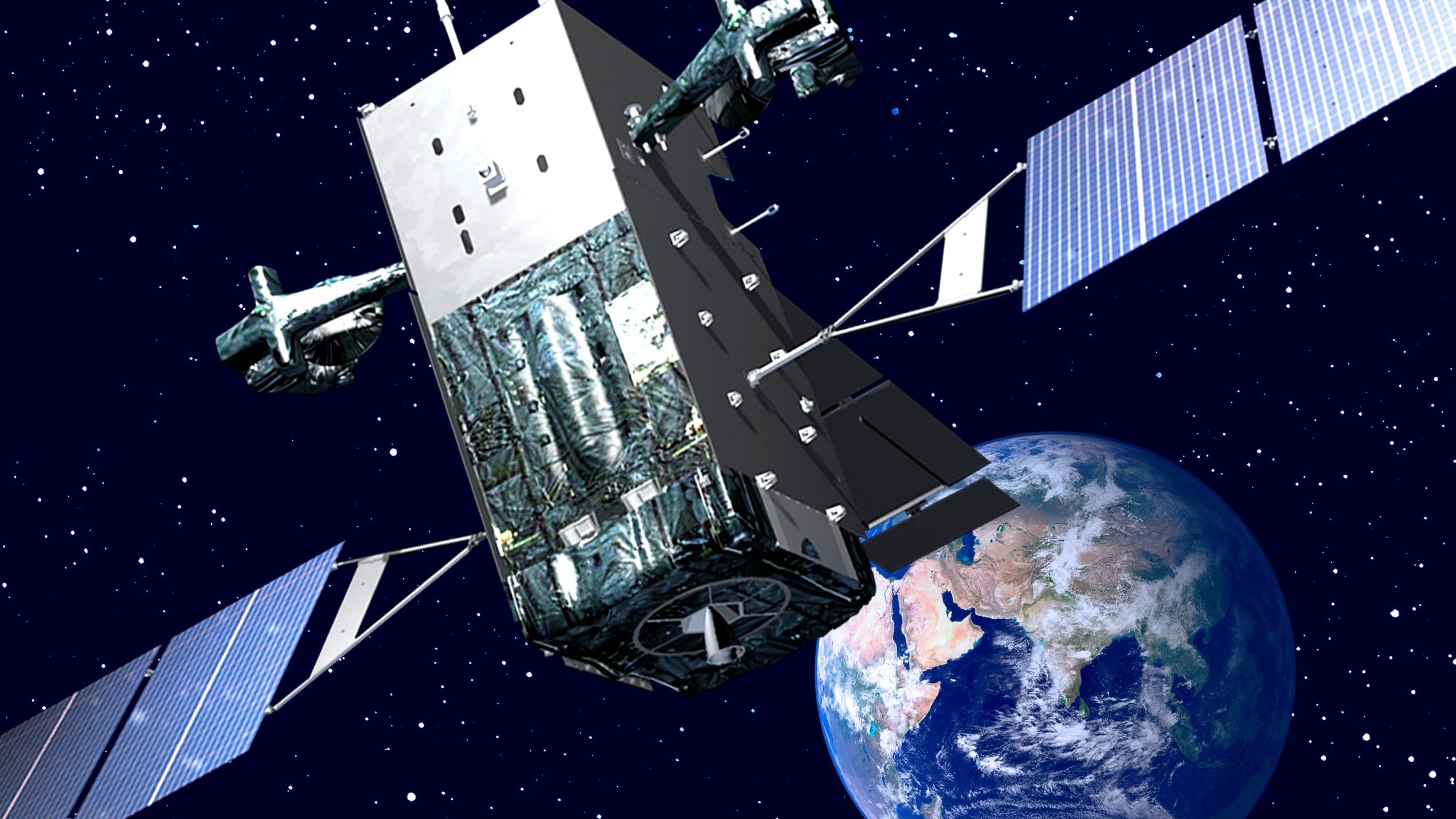Space assets flying hundreds of miles above Earth provide critical and essential capabilities to war fighters below, and if taken away would severely hinder operations.
As the Army develops concepts and doctrine for multi-domain battle, or seamless integration of operations across all the war-fighting domains, leaders have come to the realization that forces in future conflicts will be contested in every domain and will likely have to fight with some degraded capability.
These space capabilities enable the Army to conduct intelligence, surveillance and reconnaissance missions; perform mission command; and shoot with precision, according to Richard DeFatta, acting director of the Future Warfare Center at Army Space and Missile Defense Command, who spoke at the AUSA Global Force Symposium in Huntsville, Alabama, on March 15.
The Army's space contribution to the joint fight includes globally deployed space forces that plan, coordinate, integrate and synchronize space capabilities to the war fighter, force tracking capabilities, theater missile warnings, space tracking, situational awareness, space superiority and military satellite communication, he said.
"Imagine going to war nowadays without all of those capabilities?" he added.
The vice commander of Air Force Space Command, Maj. Gen. David Thompson, articulated just how important space is to operations, saying it "really revolutionized the way America conducts war today."
During a presentation in Washington on March 3, he noted how World War II air power consisted of 1,000 aircraft, with a combat radius of 1,500 miles, each able to carry 6,000-12,000 bombs focused on a single target. Post-war surveys discerned that, statistically speaking, of these 6,000-12,000 bombs, only 100 were likely to fall within half mile of their target, Thomson said.
During an operation in the waning days of the Obama presidency, two B-2 bombers left from Whiteman Air Force Base in the U.S. dropping 108 bombs between the two of them in Libya against Islamic State group targets. Thompson said the after-action assessment determined each one of those bombs was aimed at a specific, unique, individual target, and every single one of them hit their target.
When thinking of the global ISR that went into planning that mission in Libya, one notices the significant advancements in air power since WWII. But the greatest single factor, Thompson said, is space capabilities.
Adversaries have observed America's reliance on space capabilities and associated precision, navigation and timing, and in response they have tried to degrade and deny it.
The Army Space and Missile Defense Command/Army Forces Strategic Command’s 1st Space Brigade directly supports or facilitates access to positioning, navigation and timing, or PNT; satellite communications; ISR; missile warning; overhead persistent infrared; weather and terrain data imagery; and navigation. It is essential to provide these capitalizes to friendly forces and deny them to adversaries so friendlies can find openings, DeFatta said.
To prepare for inevitably contested and potentially degraded environments, DeFatta highlighted an Army Training and Doctrine Command sponsored concept white paper developed in collaboration with SMDC/ARSTRAT and key stakeholders focused on navigation warfare, which aims to assure PNT to friendly forces and deny it to adversaries.
The white paper will set the baseline for how the Army executes the navigation warfare fight, identifies required capabilities and sets conditions for the DOTMIL-PF assessment process, DeFatta said. DOTMIL-PF stands for doctrine, organization, training, materiel, leadership and education, personnel and facilities.
Additionally, DeFatta noted SMDC/ARSTRAT, in cooperation with Army Forces Command, Joint Navigation Warfare Center and the Cyber Center of Excellence, supports home training and Combat Training Center training events to get tactical formations to develop and train to tactics, techniques and procedures that will enable the formations to operate in degraded GPS conditions.
Moreover, further exemplifying the space as the glue holding other domains together — and fitting within the new multi-domain battle concept — DeFatta said the relationship between the cyber domain and the space domain is unique in that many space operations depend on cyberspace, and a critical portion of cyberspace can only be provided via space operations. As such, the Army invests in space applications and space capabilities to assure access to the advantages of integrated space, cyber, electromagnetic warfare and information operations effects, while denying the same to the adversary, he added.
Mark Pomerleau is a reporter for C4ISRNET, covering information warfare and cyberspace.








